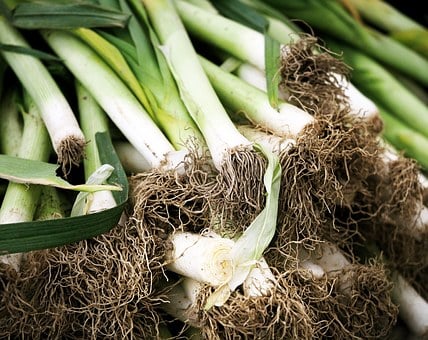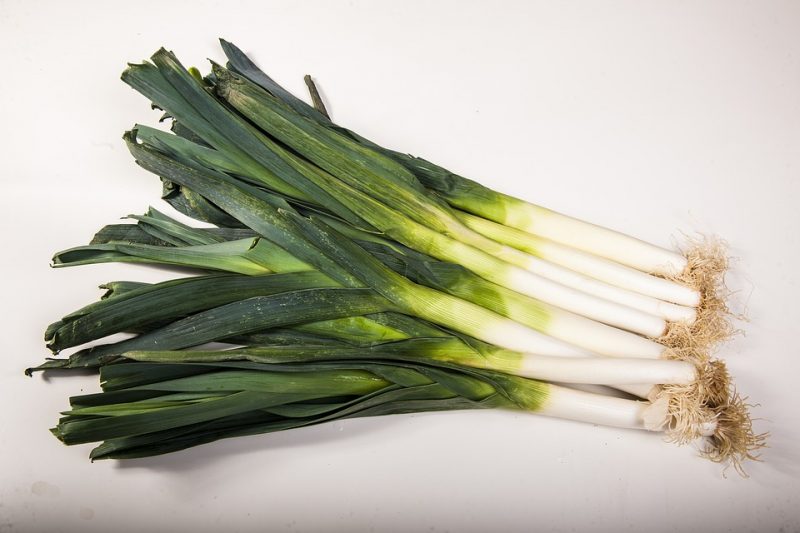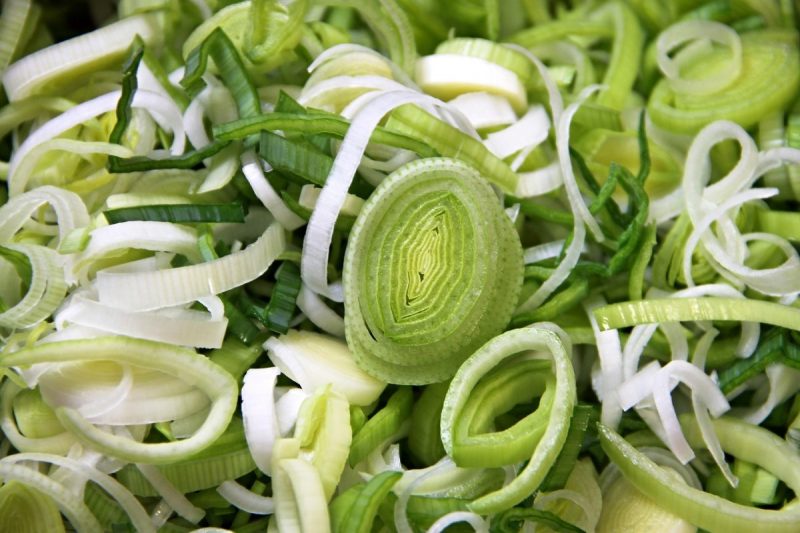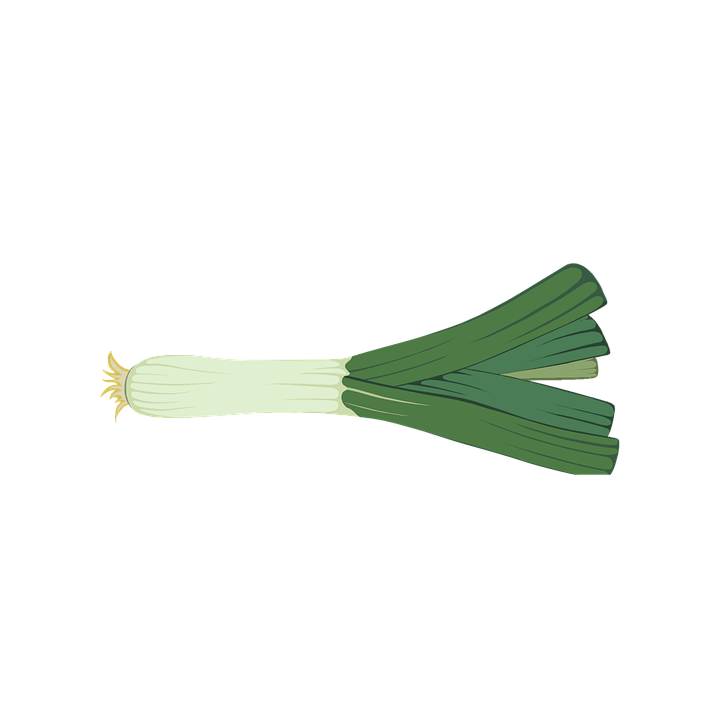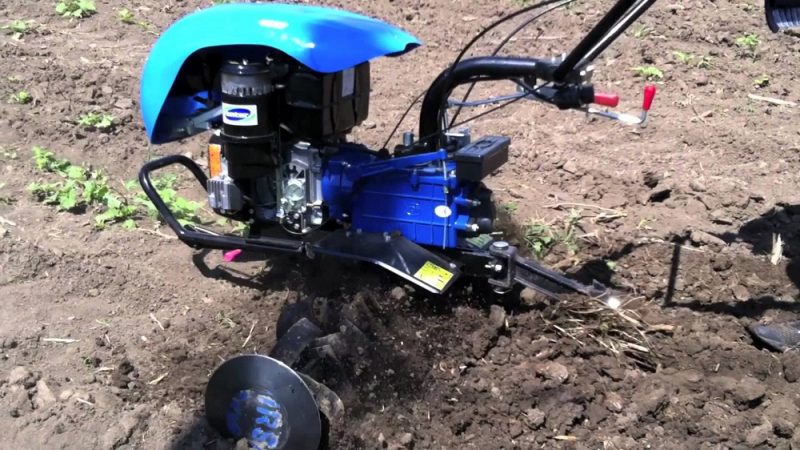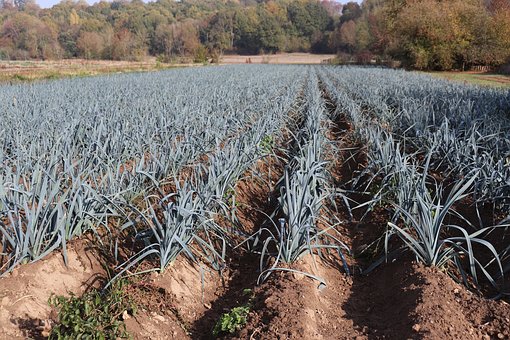Leek, information about crop management
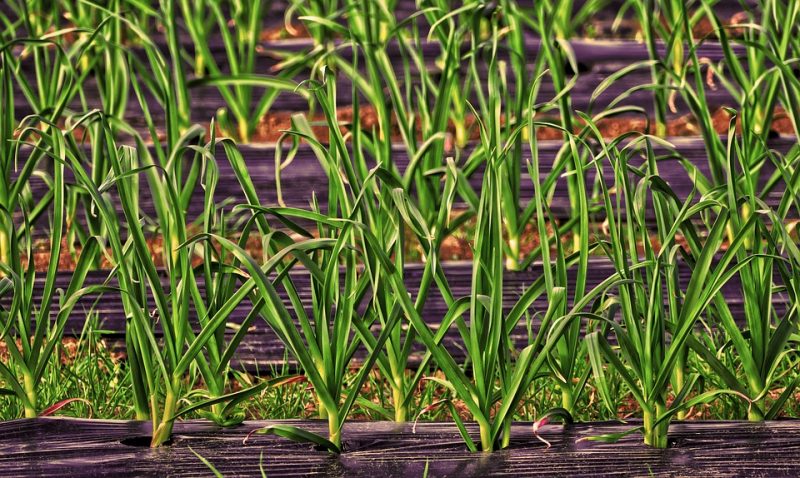
Leek (Allium porrum) belongs to the botanical family Alliaceae and originates from the eastern Mediterranean basin. It is a biennial herbaceous plant, related to onions, chives and garlic. Currently it is cultivated on a large scale in Asia, Europe, Australia, Africa, South and North America, being loved for its specific taste, high content of vitamins and minerals, respectively for the therapeutic properties.
Botanical characteristics
The numerous roots of leek penetrate the soil at greater depths than the roots of onion or garlic. It is possible to differentiate the true stem (in the form of a disk) from the false stem (consisting of overlapping leaf sheaths). The false stem can reach heights of up to 60 cm, respectively up to 7-8 cm in diameter. The leaves are linear, with the edges curved inwards, placed in a single plane (like garlic). They have a frosted appearance due to the layer of wax with which they are covered. Being a biennial species, the cylindrical floral stem, up to 2 m high, is formed in the second year of vegetative growth. It has a globular inflorescence with up to 3000 white, greenish or violet flowers. One gram of seeds contains up to 400 small, black, wrinkled seeds.
Cultivars
- Profil – with a vegetative growth period of 90-100 days and with a light green false stem, 25-30 cm high;
- Harfstreuzen 3 – with a vegetative growth period of 90-100 days, with a blue-green false stem, 25-30 cm high;
- De Carentean – with a vegetative growth period of 110-125 days, with a blue-green false stem, approx. 20 cm high;
- Jolant – with a vegetative growth period of 110-125 days, with a dark green false stem, approx. 20 cm high;
- Lincoln – with a vegetative growth period of 130-150 days, with a yellow-green false stem, 50-60 cm high;
- Camus – with a vegetative growth period of 130-150 days, with a light-green false stem, 50-60 cm high;
- Bluegreen Winter Baikal – with a vegetative growth period of 130-150 days, with a dark green false stem, approx. 20 cm high;
- Elefant – with a vegetative growth period of 130-150 days, with a tall false stem of approx. 70 cm, etc.
Recommended products
-
You can find products on a different store
Change Store -
You can find products on a different store
Change Store -
You can find products on a different store
Change Store -
You can find products on a different store
Change Store -
You can find products on a different store
Change Store -
You can find products on a different store
Change Store -
You can find products on a different store
Change Store -
You can find products on a different store
Change Store -
You can find products on a different store
Change Store -
You can find products on a different store
Change Store -
You can find products on a different store
Change Store -
You can find products on a different store
Change Store -
You can find products on a different store
Change Store -
You can find products on a different store
Change Store -
You can find products on a different store
Change Store -
You can find products on a different store
Change Store -
You can find products on a different store
Change Store -
You can find products on a different store
Change Store -
You can find products on a different store
Change Store -
You can find products on a different store
Change Store -
You can find products on a different store
Change Store -
You can find products on a different store
Change Store -
You can find products on a different store
Change Store -
You can find products on a different store
Change Store
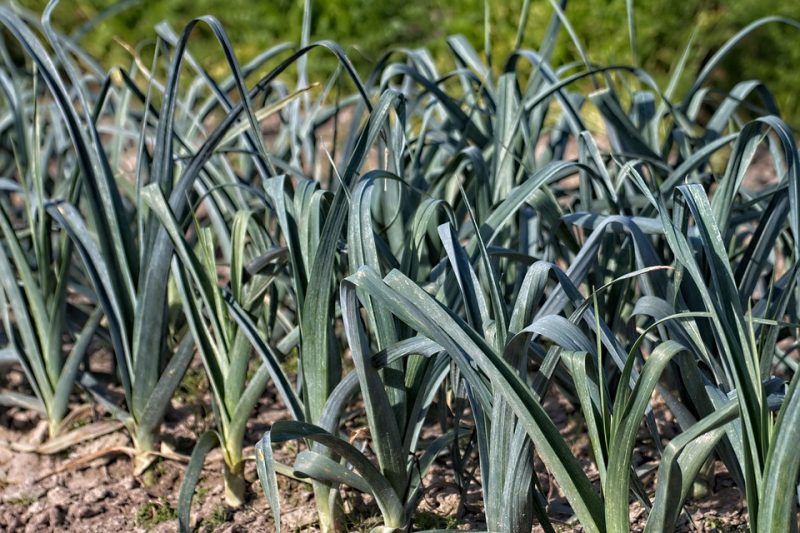
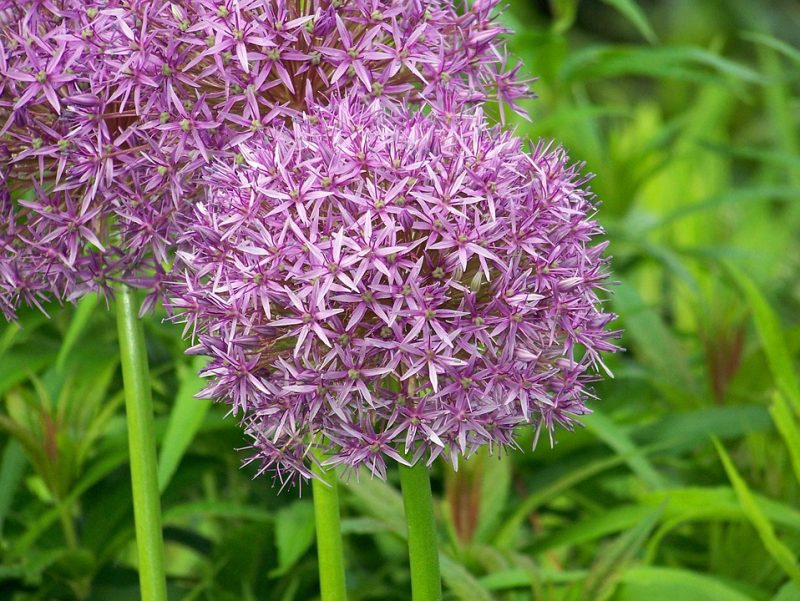
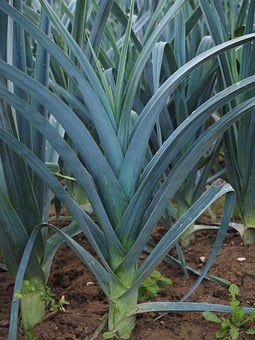
Climate and soil requirements
Leek develops well in full light and it does not tolerate shade. Temperature requirements are reduced, and mature plants withstand even freezing conditions, of up to -18 ℃. The optimum temperature for growth and development is 18-20℃ and 3-5℃ for seed germination. On the other hand, the humidity requirements are high. If soil moisture is low, leeks have low productivity and plant quality is poor. However, it does not tolerate excessive humidity or waterlogging either. Regarding the soil, it must be well supplied with nutrients, with a medium texture and a slightly acidic reaction.
Leek cultivation technology
Land preparation
It is recommended to apply natural and chemical fertilizers in autumn. Subsequently, you can carry out a deep plowing of approx. 30 cm deep. In spring, before planting or sowing, the specific works for successive crops are carried out: deep plowing, supply irrigation (250-300 m3 of water per hectare), soil tilling, land shaping, and herbicide control.
It is recommended to return with bulbous species (leek, onion, garlic, etc.) on the same soil every 4 years, or more. Suitable precursor species are radishes, peas, lettuce, and early potatoes.
Sowing or planting the seedling
In some countries, leeks are grown in the field, and setting up the culture is done either by direct sowing or by planting seedlings. The optimal period for direct sowing is the end of March and the beginning of April. If seedlings are used, they can be produced by sowing at the end of March – the beginning of April, either in the field or in the polyhouse/greenhouse. Pricking-out is not necessary, the seedlings are suitable for planting (if they have 3-4 well-formed leaves) after 60-65 days from sprouting. They can be planted manually or mechanically. The optimal period for planting seedlings is the end of May – beginning of June, and the planting chart is 30×15 cm. The crop must be watered immediately after planting.
Care works
Until planting, the seedlings should be cared for by watering, by applying preventive phytosanitary treatments and specific fertilizers. Field crops should be irrigated 10-12 times during the growing season, with a norm of 300-350 m3 of water per hectare, avoiding waterlogging. In case of losses, the gaps can be filled with vigorous seedlings.
Recommended products
-
You can find products on a different store
Change Store -
You can find products on a different store
Change Store -
You can find products on a different store
Change Store -
You can find products on a different store
Change Store -
You can find products on a different store
Change Store -
You can find products on a different store
Change Store -
You can find products on a different store
Change Store -
You can find products on a different store
Change Store -
You can find products on a different store
Change Store -
You can find products on a different store
Change Store -
You can find products on a different store
Change Store -
You can find products on a different store
Change Store -
You can find products on a different store
Change Store -
You can find products on a different store
Change Store -
You can find products on a different store
Change Store -
You can find products on a different store
Change Store -
You can find products on a different store
Change Store -
You can find products on a different store
Change Store -
You can find products on a different store
Change Store -
You can find products on a different store
Change Store -
You can find products on a different store
Change Store -
You can find products on a different store
Change Store -
You can find products on a different store
Change Store -
You can find products on a different store
Change Store
Harvesting
Harvesting is done manually, by plucking. For immediate consumption, leeks can be harvested in stages, throughout the summer and until late autumn (November). The production can be 25-35 t/ha or even more, depending on the cultivar, environmental conditions, and care.
